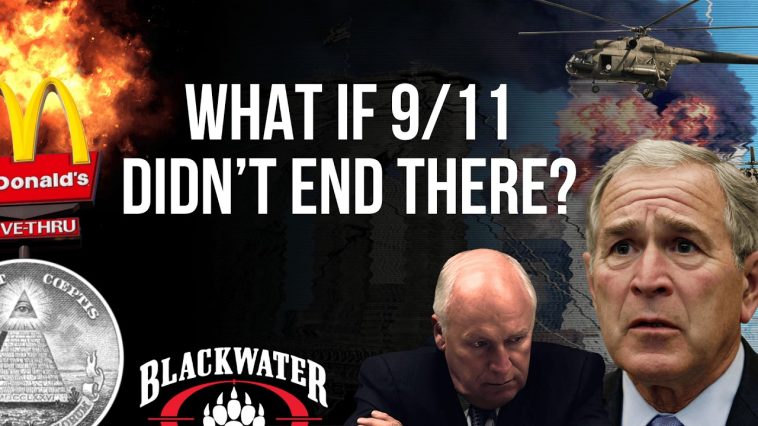Did you know? Experts foiled an early 1990s plot called the Bojinka Plot that envisioned coordinated airliner attacks across multiple cities. Did you know? Operation Northwoods was a real proposed plan that suggested false-flag operations be used to justify military action, a plan that was ultimately rejected but remains part of the public record.
▬Contents of this video▬
00:00 – Intro
00:38 – A Darker Day: Expanded Attacks and Alternate Plots
03:45 – Targeting Government: Continuity, Power, and the Vacuum Left Behind
06:01 – Attribution, Intelligence, and the Rush to Blame
07:23 – Life After: Civil Liberties, Surveillance, and Everyday Control
09:47 – Global Aftershocks: Wars, Alliances, and a Different 21st Century
10:34 – Outro
Like this content? Subscribe here: https://www.youtube.com/factsverse?sub_confirmation=1
Or, watch more videos here: https://www.youtube.com/playlist?list=PLkXAntdjbcSJlJnpP4FgdU0swKbnkNgJj
Become a Facts Verse member and get access to all videos that contain mature content. Use the link below to get access to even more videos, ad-free.
https://www.youtube.com/channel/UCXZpQgX1897wYDLtvzmgyIA/join\
This video explores a careful counterfactual: what if the attacks that shook the United States were not limited to the Twin Towers, the Pentagon, and Flight 93, but instead expanded into a nationwide campaign targeting critical infrastructure, multiple urban centers, and the very institutions of government? Drawing on historical plots, declassified contingency plans, and plausible mechanisms for larger-scale disruption, we trace how such an escalation could have unfolded technically, logistically, and politically. We examine the immediate mechanics of expanded strikes, the challenges of forensics and attribution under degraded conditions, and how continuity-of-government procedures might concentrate power in a narrow group of decision-makers.
The script looks at the social consequences of prolonged outages and mass displacement, the role private contractors could play in security and reconstruction, and how emergency laws could reshape civil liberties. We also examine the international ripple effects: how allies and rivals would react, the economic shock waves that would follow, and the cultural shifts that might persist for decades. This is a sober, source-informed thought experiment meant to illuminate how fragile systems can be under extreme stress and how policy choices in the immediate aftermath shape long-run outcomes.
What if 9-11 Was Much, Much Worse?



